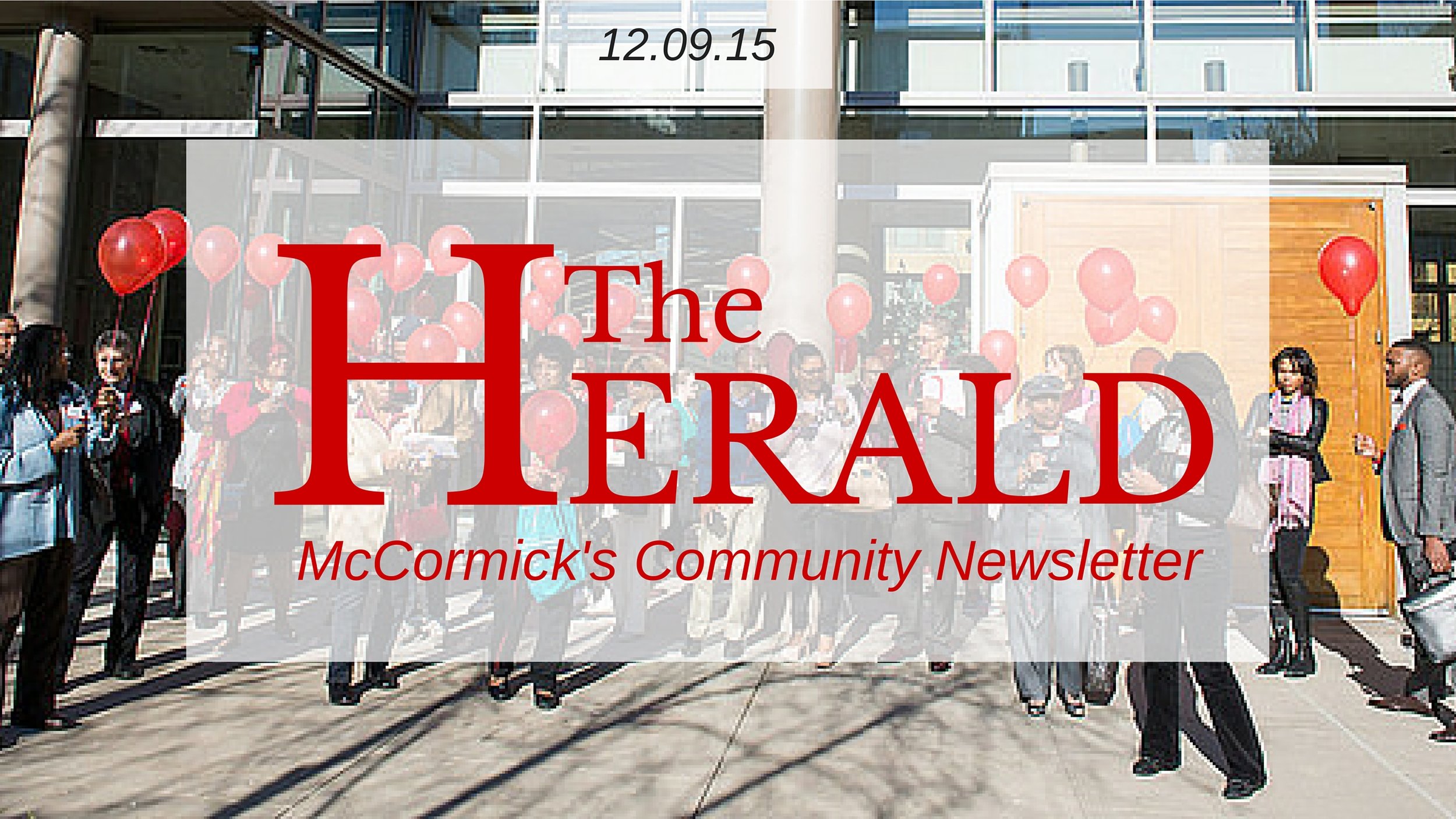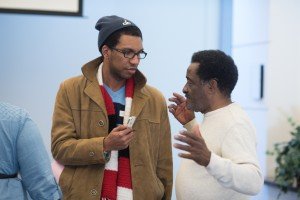Hearing My Story: Destigmatizing HIV/AIDS
12-09-2015
By Gregg S. Hunter II
The last 2015 Issue of The McCormick Herald is here! Read Gregg Hunter’s cover story on the Clergy & Lay Leadership Summit below and check out the full issue for more great stories from students, faculty, and alumni.
On December 5, McCormick hosted Clergy and Lay Leadership Summit XI in recognition of World Aids Day. The theme of the event focused on “A Way Forward: Overcoming Stigma and Statistics with Stories” and featured powerful preaching and workshops.
Rev. Reginald W. Williams Jr. of the First Baptist Church of University Park kicked off the event, delivering a word to help those in attendance hear a biblical perspective on the story of the stigmatized and marginalized members of society. Preaching from John 9 about the man born blind, he urged the audience to see people dealing with HIV/AIDS as Jesus saw people dealing with blindness, sickness, hunger and other issues: as people, not as problems. Drawing from a story about a marginalized, stigmatized man, Rev. Williams challenged the church to respond as Jesus responded and not His disciples. Where the disciples sought to solve a problem as to why the man suffered from blindness, Jesus offered healing and sight. So the church must offer healing and community to those afflicted with HIV/AIDS instead of excommunication and shunning.
After breakout sessions intended to explore different aspects of destigmatization from how pas-tors engage the issue to discuss-ing sex and sexuality, keynote speaker Pernessa C. Seele spoke about the work she continues to do in eliminating the HIV/AIDS epidemic. Dr. Seele founded Balm in Gilead in 1989 , a non-profit designed to combat HIV/AIDS and other diseases for people disproportionately affected by them. Along with other black women involved with the Black Church Week of Prayer for the Healing of AIDS, she helped start National Black HIV/AIDS Aware-ness Day (NBHAAD). Initially, the Center for Disease Control wanted nothing to do with the Black Church and prayer with regards to HIV/AIDS, but Dr. Seele and these women persevered, and NBHAAD resulted from their work.
Dr. Seele commended on the Black Church’s role in the oppression of this suffering with HIV/AIDS due to oppression suffered by Black people in the United States. She also noted that religious communities worldwide helped create the myth that homosexuals cause HIV/AIDS. Dr. Seele then referenced 2 Kings 7:3, the story of the lepers who surrendered to the Arameans. In the story, the lepers ask them-selves why should they sit in the front of the gate until they die. The church continues to sit at the gate and die with regards to HIV/AIDS instead of getting up and doing something.
I spoke with one of the facilitators of the workshops, Ms. Gabrielle Henley, about what the Church in general and the Black Church in particular could do about creating a space for people to talk openly and honestly about HIV/AIDS and she called for clergy leaders and laypeople to engage in workshops and to begin the conversation. In Ms. Henley’s session, she noted how silence and unwillingness to reveal the secrets that people refuse to tell due to fear of rejection has contributed to the ongoing epidemic.
People of all ages and in all places suffer from HIV/AIDS but the United Nations plans to eradicate the disease by 2030. To learn more about what you or your congregation can do to help win the fight against HIV/AIDS, you can go to balmingilead.org to begin engaging in the work of suffering with those who suffer from HIV/AIDS and creating an HIV/AIDS free world.
Student Gregg Hunter speaks with attendees at the 2015 Clergy & Lay Leadership Summit



